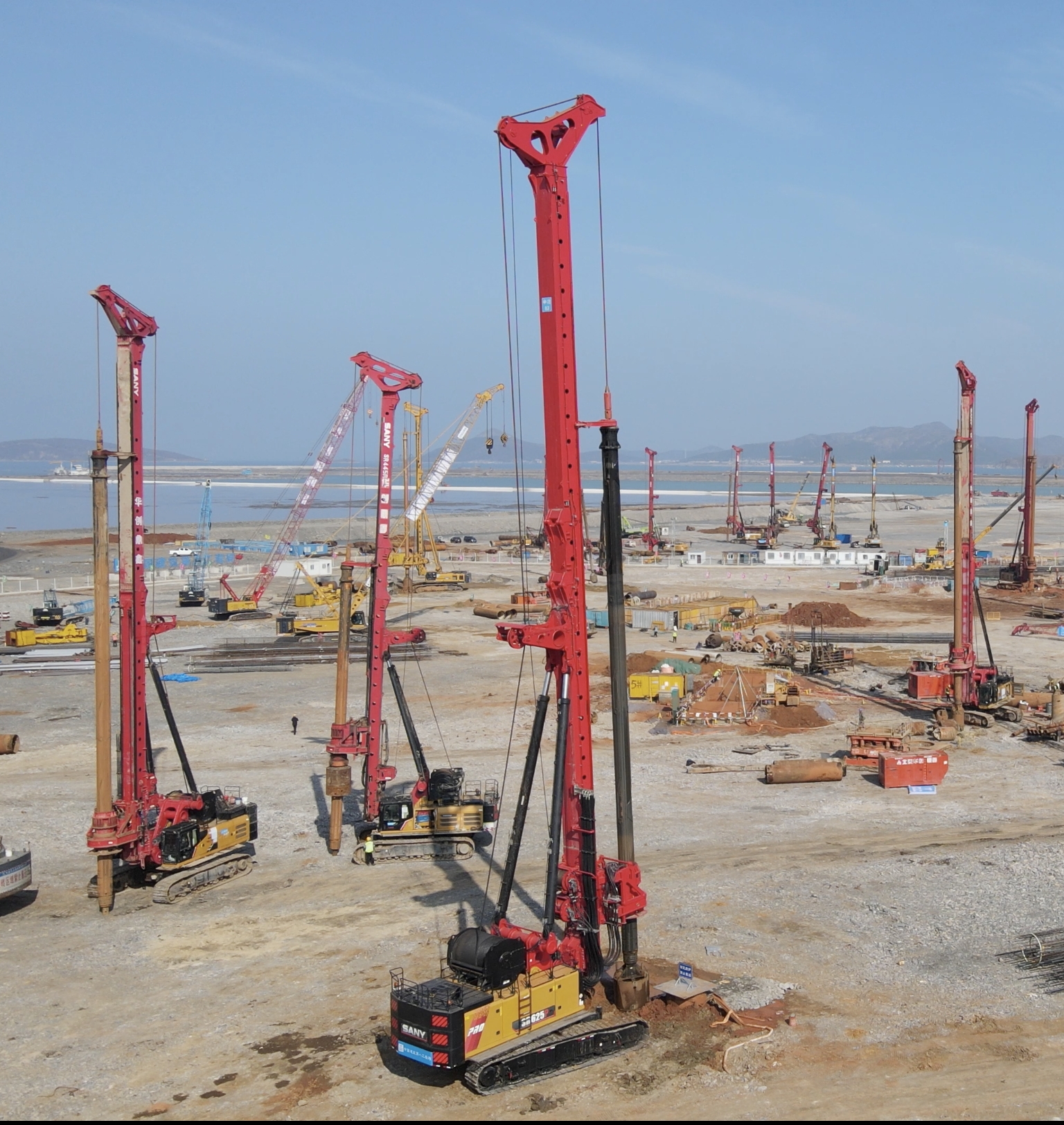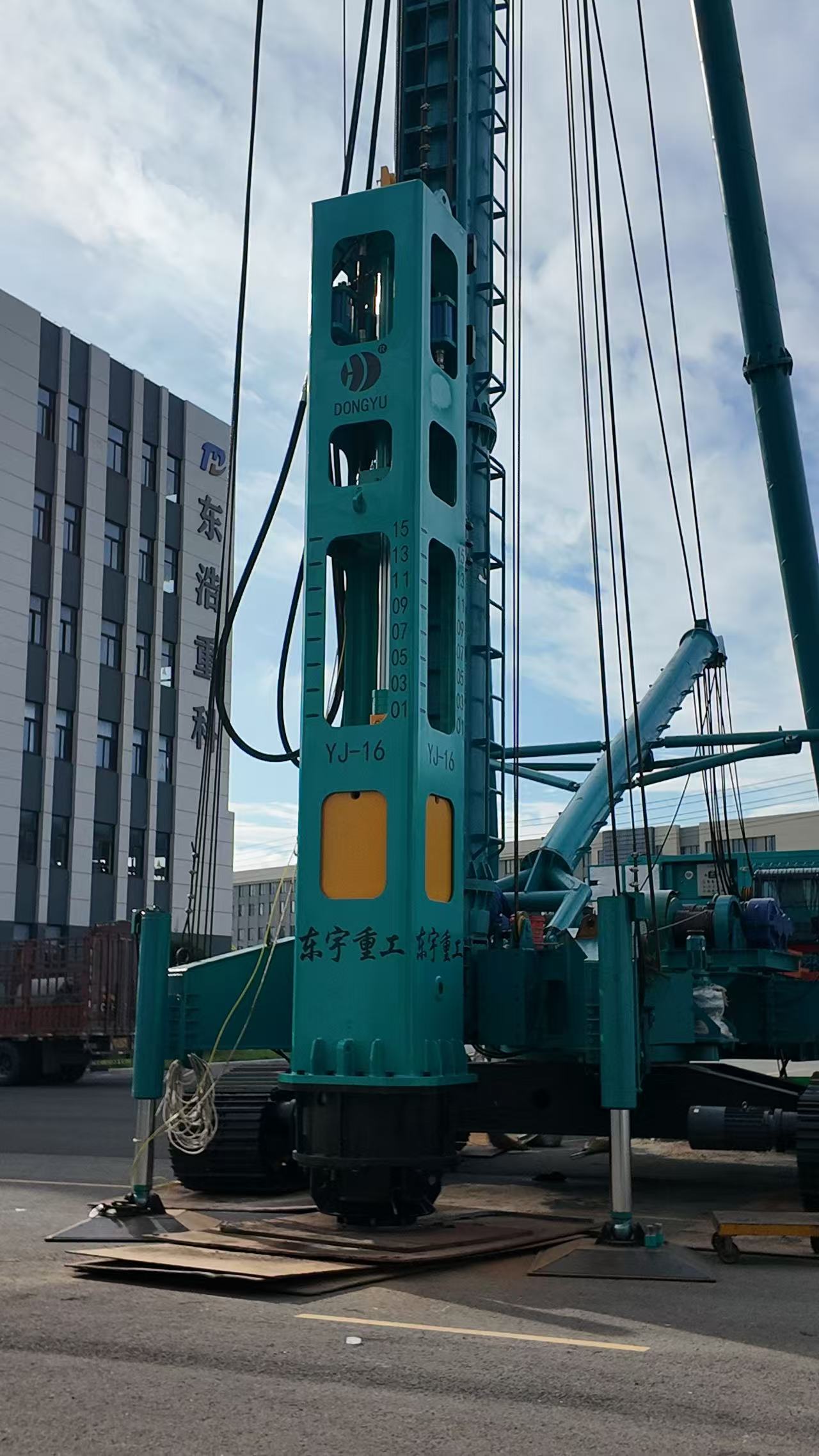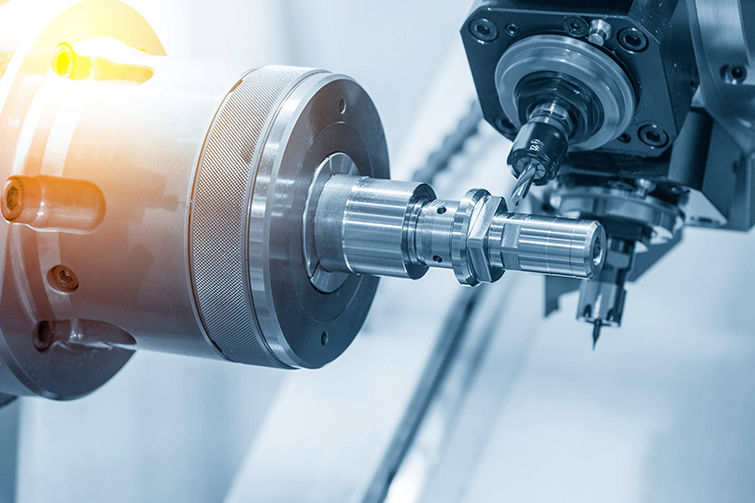

Debugging Hydraulic Hammers in Piling Equipment
Debugging hydraulic hammers in piling equipment is a crucial process to ensure their optimal performance, reliability, and safety during piling operations. This intricate procedure involves a series of systematic checks, adjustments, and tests to fine-tune the hydraulic hammer and integrate it seamlessly with the rest of the piling equipment.
The debugging process typically starts with a comprehensive inspection of the hydraulic system. Technicians carefully examine the hydraulic hoses, connectors, and cylinders for any signs of leaks, damage, or wear. The hydraulic fluid is checked for cleanliness and proper viscosity; if necessary, it is replaced or filtered to meet the manufacturer's specifications. The hydraulic pump and motor are also inspected to ensure they are functioning correctly, with special attention paid to their pressure and flow rates.
Next, the control system of the hydraulic hammer is tested and adjusted. This includes calibrating the control valves to ensure precise regulation of the hammer's impact force, frequency, and stroke length. The operator's control panel is checked to verify that all buttons, levers, and displays are working properly, providing accurate feedback on the hammer's operation. Any discrepancies in the control system are addressed promptly to ensure the operator has full and accurate control over the hydraulic hammer.
Performance testing is a key part of the debugging process. The hydraulic hammer is mounted on the piling equipment, and a series of test piling operations are conducted. During these tests, technicians monitor the hammer's impact energy, penetration rate, and efficiency. They also check for any excessive vibration, noise, or overheating, which could indicate underlying issues. Based on the test results, adjustments are made to the hydraulic system and control settings to optimize the hammer's performance for the specific piling conditions.
Safety systems are also rigorously tested during debugging. Emergency stop mechanisms are activated to ensure they immediately halt the hammer's operation in case of an emergency. Pressure relief valves are checked to verify they prevent excessive pressure buildup in the hydraulic system, protecting the equipment from damage. Additionally, safety guards and shields are inspected to ensure they provide adequate protection for the operator and other personnel on the job site.
Once all the necessary checks, adjustments, and tests are completed, a final verification is performed. The hydraulic hammer is operated through a full range of piling operations to confirm that it is functioning correctly and efficiently. A detailed report is then generated, documenting the debugging process, test results, and any adjustments made. This report serves as a valuable record for future maintenance and troubleshooting.
In conclusion, debugging hydraulic hammers in piling equipment is a critical step that ensures the equipment operates at its best, delivering reliable and efficient performance while maintaining the highest safety standards. By following a systematic debugging process, technicians can identify and resolve any issues before the equipment is put into full operation, minimizing downtime and maximizing productivity on the job site.








